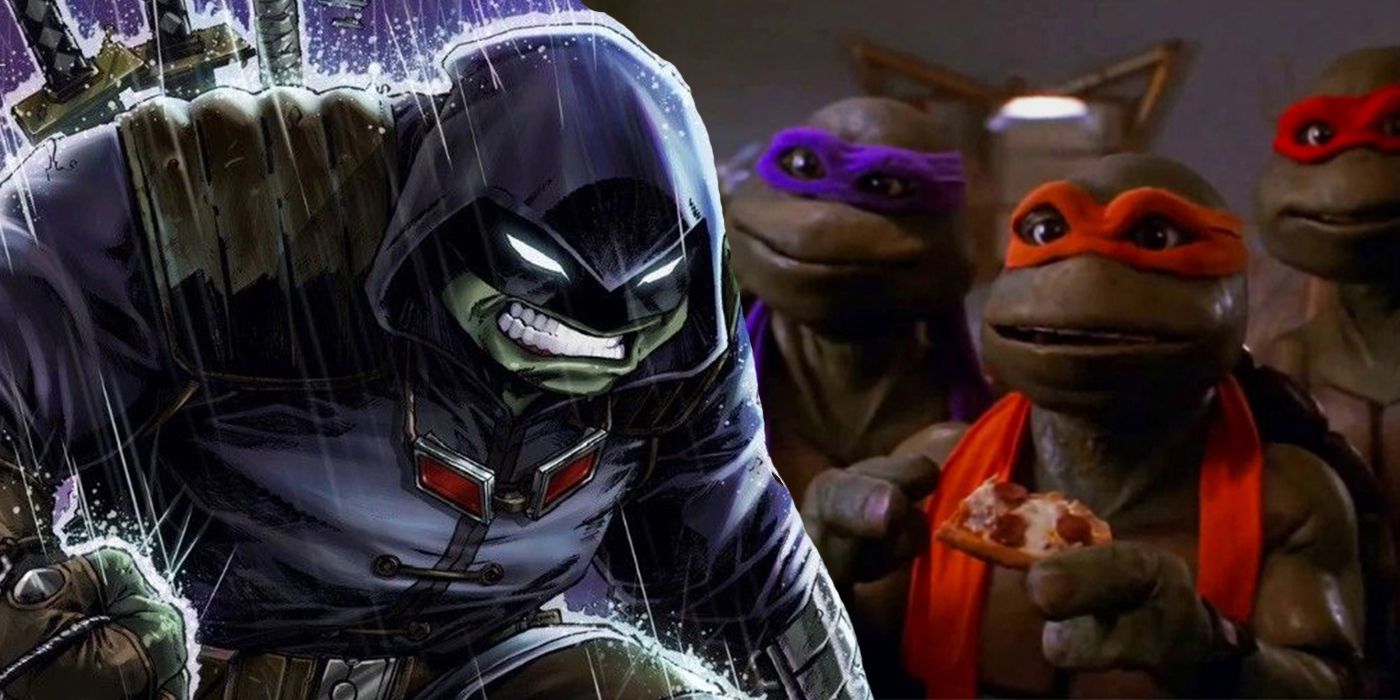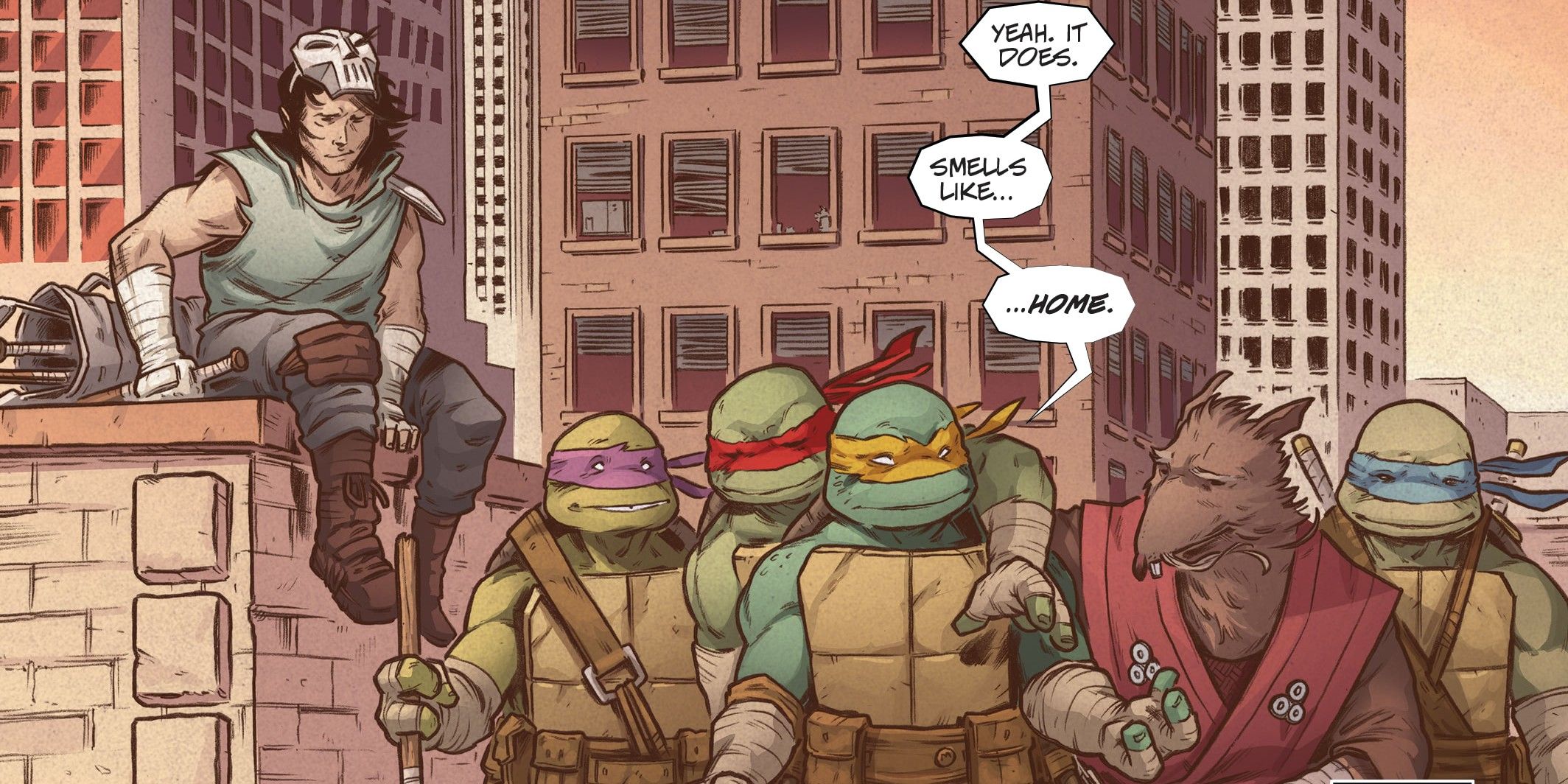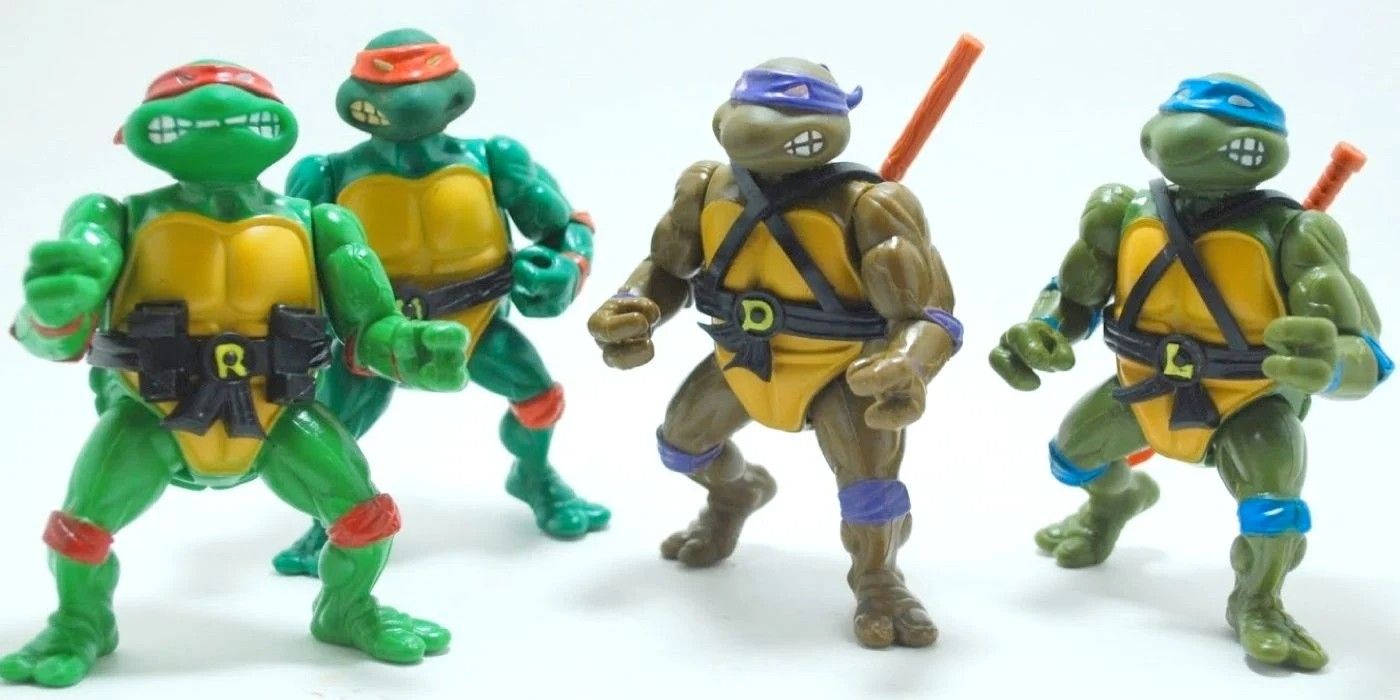Warning: This article contains spoilers for TMNT: The Last Ronin #5
With the explosive conclusion of Teenage Mutant Ninja Turtles: The Last Ronin, fans have at last been treated to the end of the beloved family of mutated animals, as envisioned by the original creative team. But one of the most nagging questions surrounding the apocalyptic miniseries may be answered in one subtle, and horrifying detail.
TMNT: The Last Ronin is a remarkable series for its effective and powerful use of the retro ‘80s aesthetic, with co-creators Kevin Eastman and Peter Laird joining forces with Tom Waltz and artists Esau & Isaac Escorza, and Ben Bishop in what originally seemed like a callback to the first Ninja Turtles begun in 1983, in what was known as the Mirage Comics continuity. This led to the expectation that The Last Ronin was to focus on that particular version of Michelangelo (the first one), and the universe the series took place in was the continuation of that world. But with each chapter unfolding in the grim and violent narrative, from characters' appearances to others' survival, this possibility became less and less likely. By the end of the tale, most continuities had been disqualified... but Last Ronin's final issue might just reveal the truth.
In 1988, having seen their television pilot greenlit for a children’s Saturday morning cartoon, Eastman & Laird managed to strike a deal with Playmates Toys to sell the first line of action figures based on the concept. Before the 5-episode miniseries that would become the long-running program even aired, Playmates sold $23 million worth of the heroes’ likeness in the last half of the year alone. The toys had slight differences to their animated iterations, specifically in the variety of green shades within the brothers’ skin tone. A subtle difference, and only one which a person looking very closely at the toys' details would see, much less remember years after their release. But it is a quality which is clearly referred to in the final scenes of the story, depicted in TMNT: The Last Ronin #5, in which the now dead Michelangelo is reunited with his departed family in the afterlife.
With these two images juxtaposed, the implication is clear: based on the brilliant coloring work of Luis Delgado and Ronda Pattinson, the continuity seems to be drawn not from the comics, movies or televisions programs, but instead based on the first line of toys released in 1988. There is a rather shocking message within this choice, if readers entertain the ramifications of the comic's content.
Whether or not it is intentionally planted by Eastman, Laird, and Waltz, the final chapter supports the idea that the Ninja Turtles were never meant to glorify violence, but that the tendency to throw these beloved characters into suffering and torment more closely resembles a child playing out gory fantasies with their plastic action figures. In this light, the overwhelming sense of regret, carried into Michelangelo's quest for vengeance in response to his family's death, also takes new meaning.
Could it be the regret communicated from a parent to a child, figurative or literal? Should Last Ronin therefore be seen as a tragic commentary from the creators Eastman and Laird, reflecting on the Turtles' rise from an incredible family to a commercial franchise which too often allowed popular demand to dictate its direction, and not loyalty to a passionate fan base or the characters themselves?
A subtle and terrifying swan song, Teenage Mutant Ninja Turtles: The Last Ronin delivers in bombastic action, and nuanced postmodern discussion. On sale now wherever comic books are sold.
Source: The New York Times



